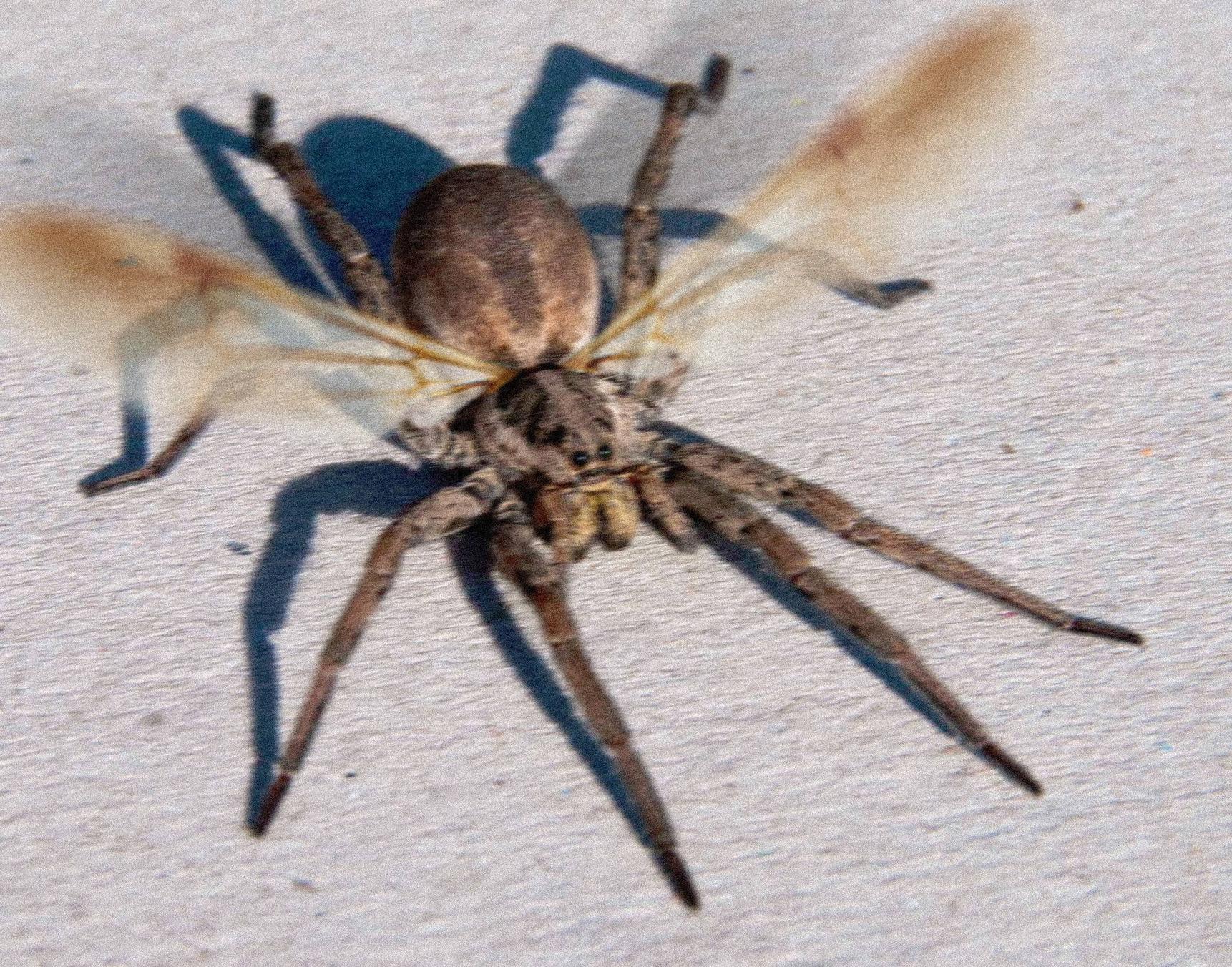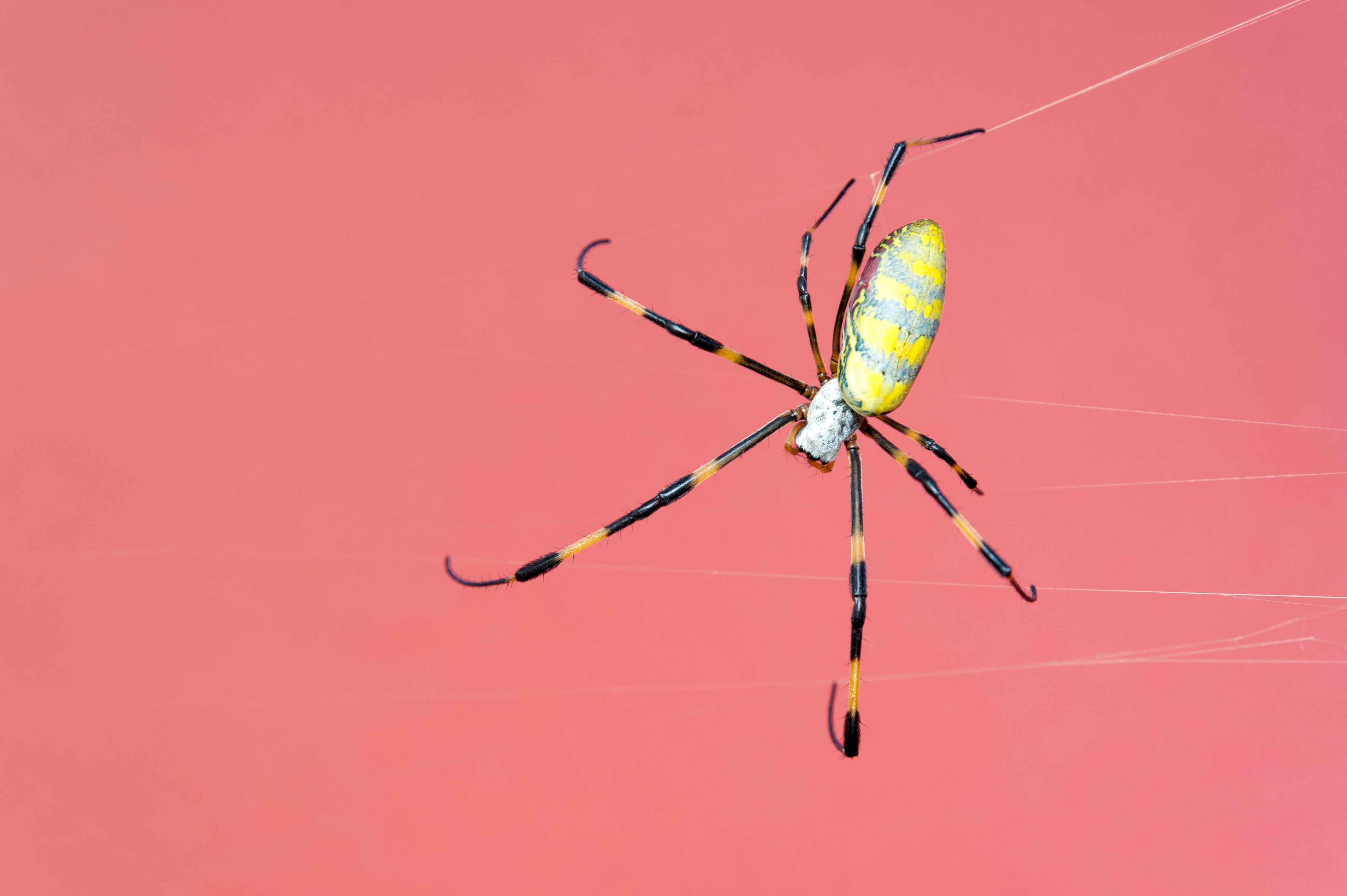Spider Physiology and Adaptations: Flying Spiders

Flying spiders, also known as ballooning spiders, possess unique physical characteristics that enable them to fly. They have long, slender legs with tiny hairs that catch the wind, allowing them to float in the air. These hairs are covered in a waxy substance that reduces drag and increases lift.
Floating through the air, the tiny arachnids weave an ethereal dance. Their delicate forms, propelled by the wind, echo the ethereal teachings of master indara , whose wisdom flows like a gentle breeze, guiding us through life’s uncharted territories. Just as the flying spiders navigate the currents, so too can we find our way through the tapestry of existence, guided by the wisdom of those who have come before us.
Flight provides several advantages for spiders. It allows them to disperse over long distances, colonize new habitats, and escape predators. However, flying also has disadvantages, as it can be energetically costly and exposes spiders to the elements.
Flying spiders, with their ability to drift through the air, have captivated scientists and laypeople alike. Just as Alec Baldwin ‘s versatile acting career has spanned genres, these arachnids exhibit a remarkable diversity in their aerial maneuvers. Their ability to glide on silk threads allows them to travel long distances, colonize new habitats, and escape predators.
The intricate web they weave in the air is a testament to their remarkable adaptability, just as Baldwin’s ability to transform himself into a wide range of characters showcases his own artistic versatility.
Different Flying Spider Species and Their Adaptations
There are several species of flying spiders, each with unique adaptations.
- The garden spider (Araneus diadematus) has long, thin legs with sticky pads that help it adhere to surfaces. It uses its legs to create a silken parachute that it releases into the wind to fly.
- The wolf spider (Lycosa spp.) has short, thick legs that it uses to run and jump. It can also use its legs to create a small parachute that helps it float in the air.
- The jumping spider (Salticidae spp.) has long, muscular legs that it uses to jump and pounce on prey. It can also use its legs to create a small parachute that helps it float in the air.
Ecological Impact of Flying Spiders

Flying spiders have the potential to significantly impact ecosystems in various ways. As predators, they can influence the populations of insects and other small invertebrates. Their ability to disperse and colonize new areas could also affect the distribution and abundance of species in different habitats. Additionally, flying spiders may have implications for biodiversity and conservation efforts.
Role as Predators
Flying spiders are voracious predators that primarily feed on insects and other small invertebrates. Their aerial mobility allows them to capture prey that would be inaccessible to ground-dwelling spiders. By consuming large numbers of insects, flying spiders can help regulate insect populations and prevent outbreaks. This can have a positive impact on ecosystems by reducing the damage caused by insect pests and maintaining a balance in the food web.
Dispersal and Colonization
Flying spiders have a unique ability to disperse and colonize new areas. Their ability to fly allows them to travel long distances and reach habitats that would be inaccessible to other spiders. This dispersal ability can contribute to the spread of species and the establishment of new populations in different regions. Flying spiders may also play a role in the colonization of disturbed or newly created habitats, such as those resulting from natural disasters or human activities.
Implications for Biodiversity and Conservation
The presence of flying spiders in ecosystems can have implications for biodiversity and conservation efforts. Their role as predators can affect the abundance and distribution of other species, potentially impacting the overall diversity of the ecosystem. Additionally, the ability of flying spiders to disperse and colonize new areas could facilitate the spread of invasive species and disrupt the balance of native ecosystems. Understanding the ecological impact of flying spiders is crucial for developing effective conservation strategies and managing their potential effects on biodiversity.
Cultural and Folklore Significance
Flying spiders have captured the imaginations of people around the world, inspiring a rich tapestry of cultural and folklore beliefs. These creatures have been associated with both positive and negative symbolism, and their presence in stories and legends has often been interpreted as a sign of good or bad luck.
Symbolism and Beliefs, Flying spiders
- In many cultures, flying spiders are seen as symbols of good fortune. They are believed to bring wealth, health, and happiness to those who encounter them. In some parts of Asia, for example, it is considered lucky to see a flying spider in the morning, as it is said to bring good news.
- In other cultures, flying spiders are associated with death and misfortune. They are believed to be harbingers of bad luck, and their presence is often seen as a warning of impending danger. In some parts of Europe, for example, it is said that seeing a flying spider at night is a sign that someone will soon die.
Stories, Myths, and Legends
Flying spiders have featured in stories, myths, and legends from around the world. One of the most famous stories is the legend of the “Flying Spider of Kororareka.” According to the legend, a giant flying spider terrorized the town of Kororareka in New Zealand in the 1800s. The spider was said to be so large that it could carry off small children, and it was eventually killed by a group of brave warriors.
Another famous story is the legend of the “Spider Woman” from Native American folklore. According to the legend, Spider Woman is a powerful being who created the world and taught humans how to weave. She is often depicted as a flying spider, and her web is said to be a symbol of the interconnectedness of all things.
Flying spiders, with their ethereal grace, weave intricate webs in the twilight sky. As darkness descends, they become acolytes of the night, their silken threads guiding them through the shadows. In the hallowed halls of the acolyte time , these celestial weavers dance, their presence a testament to the enduring mysteries of the natural world.
Flying spiders, with their uncanny ability to disperse by ballooning, evoke a sense of wonder. Their delicate webs, carried aloft by the wind, are a testament to the remarkable adaptations found in nature. But as we gaze upon these aerial travelers, our minds may wander to other celestial mysteries, such as the highly anticipated release of “The Acolyte,” a series that promises to explore the enigmatic origins of the Star Wars galaxy.
What time is the acolyte coming out you may ask? As the flying spiders continue their ethereal journey, we eagerly await the unraveling of this cosmic tale.
In the realm of the extraordinary, where the impossible takes flight, we encounter the enigmatic flying spiders. These arachnid aviators, with their silken wings and uncanny ability to soar, have long captivated the imagination of entomologists and nature enthusiasts alike.
Their ethereal presence, however, is not merely confined to the physical world; it also weaves its way into the tapestry of our cultural consciousness. Take, for instance, the legend of Master Indara, a renowned spiritual teacher whose teachings on the interconnectedness of all beings extend even to the humblest of creatures like the flying spider.
Through his wisdom, we learn that even the most seemingly insignificant of creatures can play a vital role in the delicate balance of the natural world.